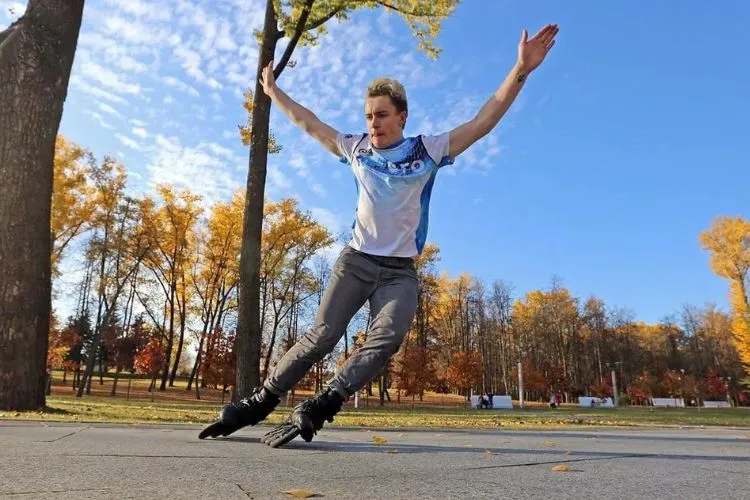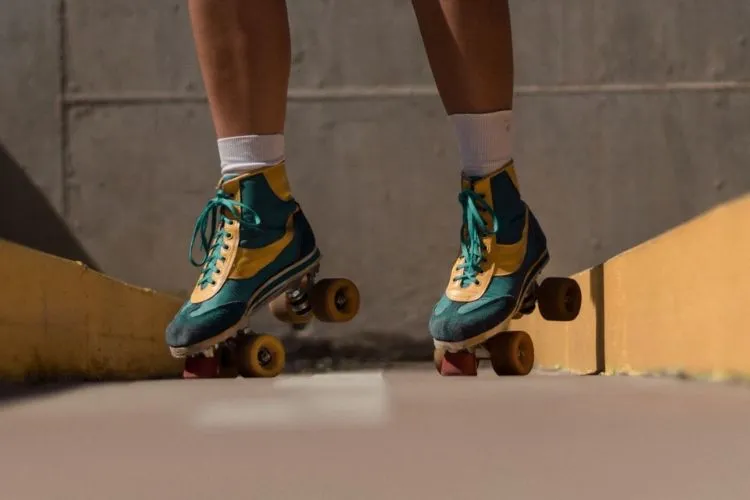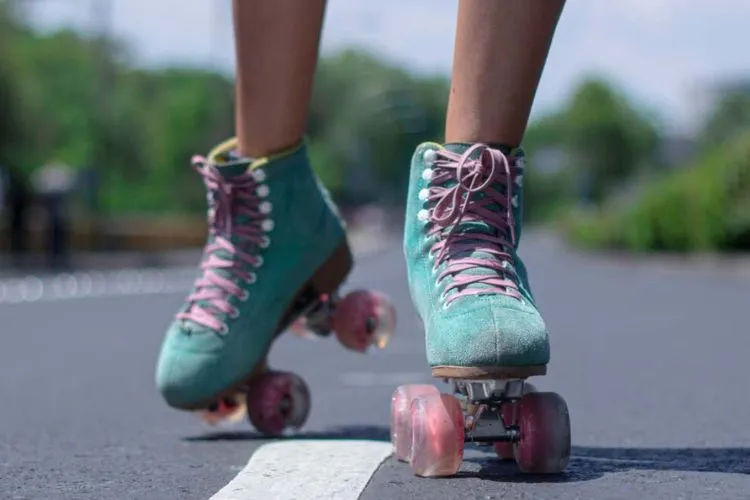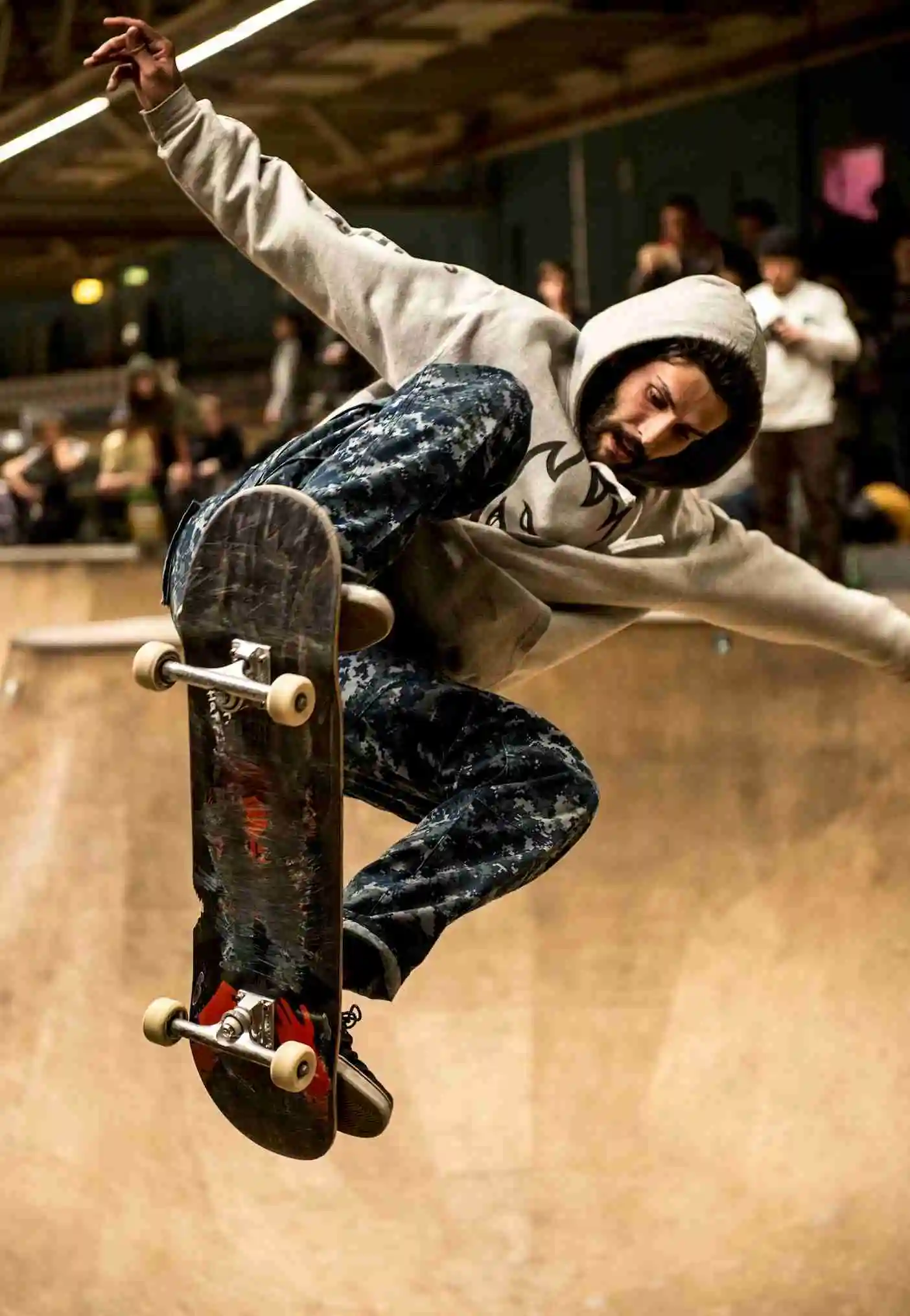Choosing the right freeride skates is essential for anyone passionate about this exciting form of inline skating. Freeride skating combines the thrill of speed with the skill required to navigate urban obstacles and natural terrains, making it a dynamic and challenging sport.
Choosing the right freeride skates is crucial for anyone keen on this exhilarating form of inline skating. Freeride skating blends the thrill of speed with the agility needed for urban obstacles and natural terrains.
This guide offers detailed insights into how to choose freeride skates for both newcomers and seasoned enthusiasts.

Understanding Freeride Skates
Freeride skates are specialized inline skates designed for a versatile skating experience, allowing skaters to navigate through varied environments with ease.
Unlike fitness or racing skates, freeride skates boast a robust construction, offering a blend of speed, agility, and durability. They differ from aggressive skates in wheel size and boot design, focusing more on a balanced ride over diverse surfaces.
How to Choose Freeride Skates?
Skate Fit and Comfort
The right fit is paramount in choosing freeride skates. A perfect fit ensures comfort and enhances performance.
Start by measuring your foot accurately and consult sizing charts specific to brands, as sizes can vary. Pay attention to the skate liners, as they play a significant role in comfort, providing cushioning and support.
Wheel Size and Type
Wheels are pivotal in defining the skate’s speed and maneuverability. Larger wheels roll faster and smoother over rough surfaces but might offer less agility. Smaller wheels ensure better control and agility, ideal for tight spaces and tricks.
The wheel hardness, indicated by the durometer, affects grip and durability. Softer wheels offer better grip, while harder wheels are more durable and suited for smooth surfaces.
Frame Material and Design
Frames affect a skate’s weight, stability, and control. Aluminum frames offer a balance between lightness and stability. Carbon frames are lighter and provide more precision at higher speeds, while plastic frames might add weight but reduce costs.
The length and design of the frame also influence the skate’s handling. Longer frames ensure stability at high speeds, whereas shorter frames offer better maneuverability.
Closure Systems
Closure systems, including laces, buckles, and straps, secure the foot and offer varying degrees of support and comfort.
Laces offer precise fit adjustments, while buckles and straps ensure quick and secure fastening. The choice depends on personal preference and the type of skating you intend to do.
Boot Design
The boot’s construction impacts the skate’s overall performance. Hardshell boots offer durability and support, beneficial for rough skating environments.
Softshell boots, while lighter and more breathable, might offer less protection. Ankle support is essential for preventing injuries, and well-ventilated boots keep your feet cool during long sessions.
Other Articles You May Find Useful: What to Wear Roller Skating Indoors?
Pro Tips for Choosing Freeride Skates
Trying on various skate models is essential before making a purchase. A professional fitting can provide valuable advice on the best skate for your foot shape and skating style. For growing skaters, consider skates with adjustable sizes to accommodate growth.
Regular maintenance, including cleaning and replacing worn parts, will extend the life of your skates. Always wear protective gear to ensure safety during freeride skating.

Accessories and Customization
Freeride skates often allow for parts customization, including wheels, bearings, and frames, enabling skaters to tailor their setup to their preferences. Invest in quality protective gear, including helmets, knee pads, and wrist guards, to enhance safety while skating.
Advanced Considerations
The choice of skate might also depend on the skating environment. Urban skaters might prefer skates with more agility for navigating through city obstacles, while skaters in natural terrains could opt for skates with larger wheels and more robust frames for smoother rides over uneven surfaces.
Innovations in skate design continue to improve performance, offering lighter, more durable, and more comfortable options.
Safety Tips and Precautions
Freeride skating offers excitement and challenge, but it’s important to skate responsibly. Follow these tips to minimize risks:

- Stay Alert: Always be aware of your surroundings, including pedestrians, traffic, and potential hazards like wet surfaces or uneven terrain.
- Proper Gear: Wear appropriate safety equipment—helmets, knee pads, wrist guards, and elbow pads can save you from severe injuries.
- Learn to Fall: Practice falling techniques to minimize injury; aim to roll rather than absorb the impact with your limbs.
- Control Your Speed: Master speed control techniques to avoid uncontrollable situations, especially in crowded or unfamiliar areas.
- Inspect Your Skates: Regularly check your skates for signs of wear and tear, and ensure all components are secure before skating.
- Know Your Limits: Skate within your ability level and gradually push your boundaries as you gain experience and confidence.
Frequently Asked Questions (FAQs)
What is the ideal wheel size for freeride skating?
The ideal wheel size varies based on personal preference and skating style. Beginners might find mid-sized wheels (around 80mm) a good balance between speed and control, while experienced skaters may opt for larger wheels (up to 110mm) for faster, smoother rides.
How often should freeride skates be replaced or upgraded?
This depends on how frequently you skate and the conditions you skate in. Regular maintenance can extend the life of your skates. However, upgrading every few years allows you to benefit from technological advances.
Can I use freeride skates for other types of inline skating?
While freeride skates are versatile, each skating discipline has specific requirements. Freeride skates can be used for casual fitness skating but might not be suitable for specialized forms like aggressive or speed skating.
Are there specific brands recommended for freeride skates?
Several brands are well-regarded in the freeride community, including Seba, Powerslide, and Rollerblade. Each offers models catering to different skill levels and preferences.
How do I maintain and clean my freeride skates?
Regularly check for wear and tear, clean the bearings and wheels, and tighten or replace loose components. Keeping your skates dry and clean prolongs their life and ensures optimal performance.
Conclusion
Choosing the right freeride skates is a journey that combines personal preference with careful consideration of technical specifications. Comfort, fit, wheel size, and boot design are critical factors to consider.
By understanding the features that match your skating style and needs, you can select a pair of skates that will enhance your freeride experience. Remember, the perfect skate not only improves performance but also ensures safety and enjoyment in every ride.

Matthew James is a passionate skater who wanted to create a platform to share his love for skating with others. With a vision to create a vibrant community of skaters, he aims to provide a space where skaters of all levels can connect, learn, and grow together.
